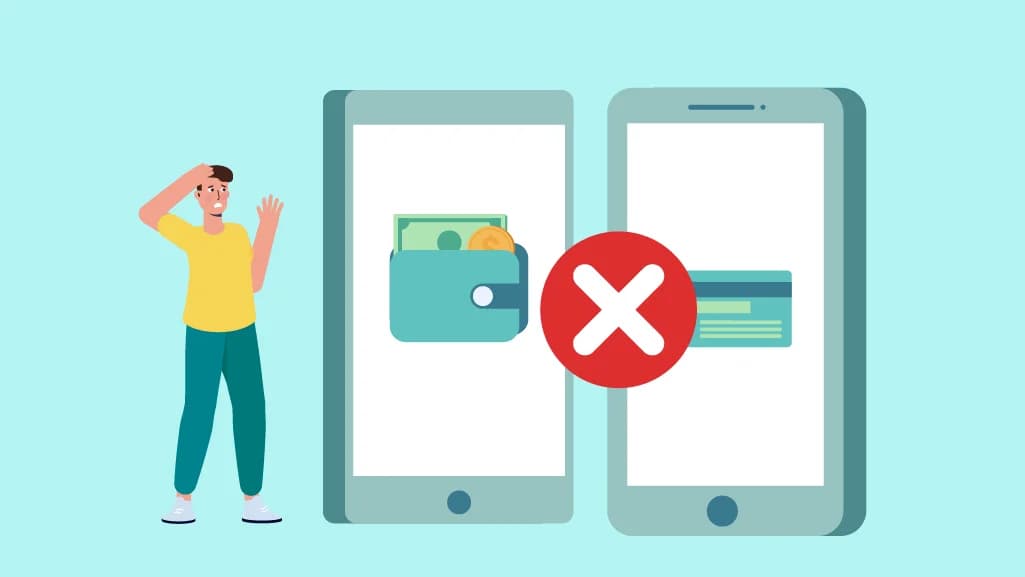
Team AdvantageClub.ai
October 29, 2025

Point-based Loyalty programs are designed to create lasting connections by rewarding customers for every purchase, referral, or interaction. But here’s the problem: too often, those points pile up and go unused. They expire quietly, taking with them the excitement and emotional bond between customers and brands that once kept customers coming back.
When designed with care, point expiry strategies and redemption timeline optimization can do much more than tidy up unused balances. They can inspire action through value-based loyalty strategies that align expiry rules with what customers truly value. Instead of feeling punished for letting points lapse, customers feel encouraged to use them. Companies can boost loyalty program engagement, improve customer reward redemption rates, and strengthen customer retention through rewards while following loyalty program best practices.
7 Psychological Triggers Behind Point Expiry in Customer Loyalty Programs
Here are seven powerful psychological triggers that shape how customers respond to point expiry and how you can design expiry rules that keep your customer loyalty program lively, fair, and truly rewarding.
1. The Endowment Effect: Why Customers Value What They’ve Earned
- Set expiry timelines aligned with average redemption patterns.
- Use AI analytics to spot peak redemption periods and adjust accordingly.
- Send clear, early reminders so no one feels blindsided.
- Frame notifications as empowerment (Use your points for a treat this month) rather than warnings.
2. Loss Aversion: The Subtle Fear That Drives Redemption
- Gentle reminders like “Your points are waiting,” emphasizing value over fear.
- Offering grace periods for loyal or high-tier members.
- Automatically extending expiry when customers stay active (for example, another purchase resets the clock).
- Highlighting what they stand to gain, like limited-time rewards or exclusive perks.
3. The Motivation Curve: When Reward Frequency Beats Reward Size
- Offer quick “micro-rewards” redeemable within shorter windows.
- Use tiered benefits like free shipping or bonus points for consistent activity.
- Design redemption cycles that keep enthusiasm high.
Analytics help track engagement dips and fine-tune expiry policies that maintain energy instead of letting interest fade. This also helps prevent loyalty fatigue, a common challenge when customers feel disengaged due to stagnant or overly complex reward systems.
4. Instant Gratification vs. Delayed Satisfaction: The Timing Balance
- Pair instant-use perks (like coffee vouchers) with longer-term goals (like travel or luxury items).
- Let customers choose between short- and long-term expiry options for greater control.
- Use AI for redemption timeline optimization or recommend rewards based on behavior.
This choice-driven approach reflects the growing importance of customer flexibility in loyalty programs, ensuring every member feels in control of their reward journey.
5. The Fairness Principle: Transparency Builds Trust
- Keep expiry timelines consistent across all customer segments, or clearly explain any differences.
- Show expiry details openly in dashboards or monthly updates so customers always know where they stand.
- Send early reminders and explain expiry logic in plain language.
- Offer “grace extensions” as goodwill for loyal redeemers.
6. The Gamification Trigger: Turning Expiry into a Motivator
- Customers can see progress bars that indicate how near they are to receiving their next incentive.
- Streaks of countdowns with incentives for using them before they expire.
- Seasonal challenges where expiring points unlock special offers.
- Tier progression (Silver → Gold → Platinum) with unique expiry privileges.
7. The Reciprocity Loop: Rewarding the Redeemer
- Afterward, send personalized thank-you messages or unexpected benefits.
- Use community updates to highlight the "Top Redeemers of the Month."
- Run "redemption streaks," in which benefits are unlocked through regular participation.
Quick Checklist – Designing Smart Point Expiry Rules
- Communicate expiry policies clearly and early.
- Use analytics to match expiry with redemption behavior.
- Blend short-term and long-term reward options.
- Send positive, value-driven reminders.
- Tie expiry extensions to loyalty milestones.
- Continuously review reward redemption rates, trends and adapt.
Designing Expiry as Engagement, Not Expiration
AI-powered loyalty platforms like AdvantageClub.ai help make customer retention through rewards effortless. It turns expiry into a driver of engagement. With data-driven insights and predictive analytics, they help brands turn point expiry into a motivational force that keeps engagement and loyalty alive.




